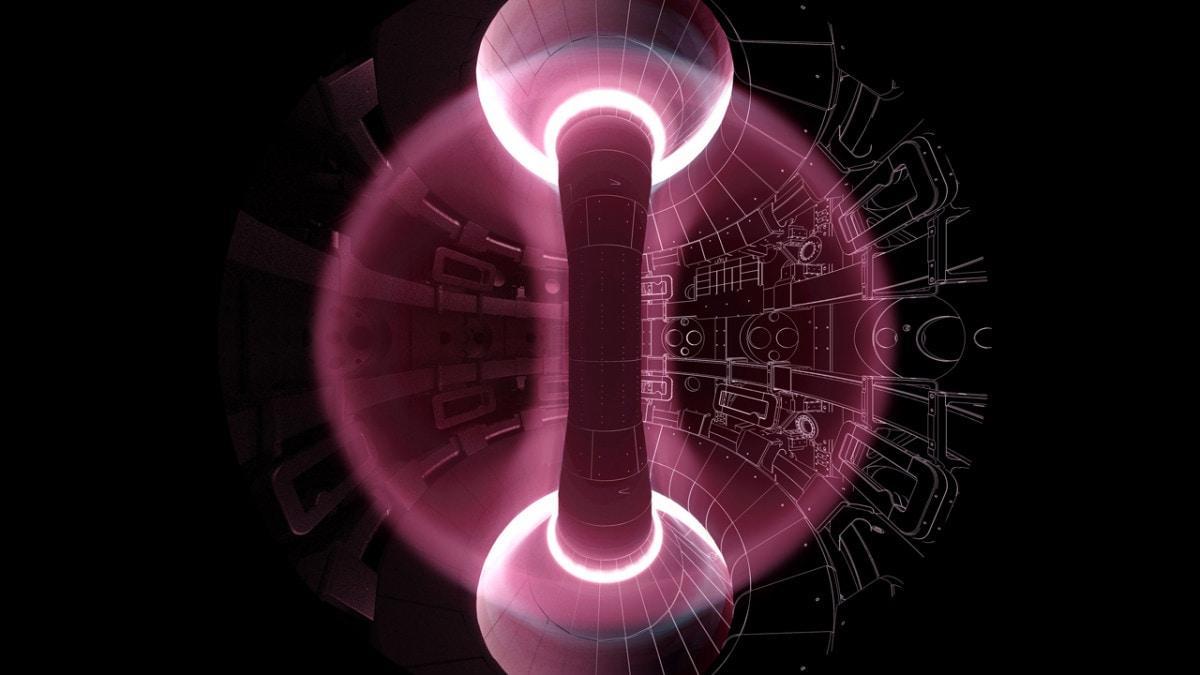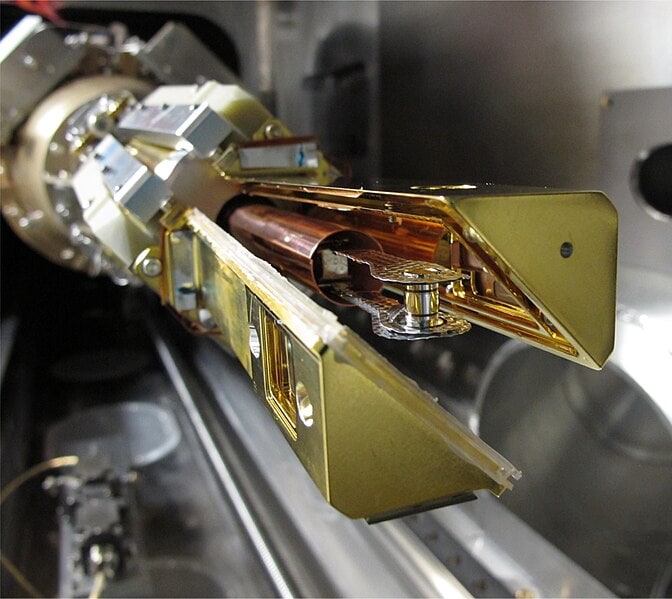Nuclear fusion is possible, but it still holds promise. Here because

Over the course of these months we have reported about exceptional results by laboratories around the world regarding research on nuclear fusionbut the possibility of obtaining unlimited clean energy it still remains a chimera (you know how technology works vehicle-to-grid?).
Why? Before answering, let’s start from the beginning. Nuclear fusion differs from fission (the reaction currently used in nuclear power plants) as it exploits the reverse processthat is, it causes collisions nuclei of atoms light (like hydrogen) to unite them and create heavier atomswhich is conceptually how stars work like the Sun.
The reaction is incredible energy, as the final nucleus is not exactly the sum of the masses of the two initial nuclei, but a part of the mass is converted into power. It also doesn’t produce radioactive wastedoes not require the use of dangerous materials such as uranium and does not present the risk of chain reactions.
The problem? That it takes a lot of energy to win the electromagnetic repulsion necessary to make the atoms collide, but from December 2022 laboratories working on this research have reported more and more successes.
In the United States the NIF (National Ignition Facility) succeeded four times in obtaining the ignitionthe phenomenon whereby more energy is produced than input, and only a few days ago the JET (Joint European Torus) of Oxford achieved a new record, producing 69 megajoules of energy. The news is extremely promising, especially since its successor, ITER, is being built in France, which is larger and potentially capable of providing even more impressive results.
Annie Kritchera physicist who works at Lawrence Livermore National Laboratory (LLNL) and published an article on just a few days ago Physical Review Letters regarding the result obtained at NIF in December 2022, stated how the experiment has “demonstrated that there is nothing that fundamentally limits us from being able to exploit fusion in the laboratory“.
However, there is a problem: these projects remain experiments to demonstrate that nuclear fusion be possible, but from here to build a reactor capable of produce energy they will still be needed for our homes decades.
The obstacles that separate us from this result are enormous. As we said, there is the problem of energy, and to address it the different laboratories approach the issue with different techniques.
At NIF we use a technique called inertial confinement fusion, which uses a structure called hohlraum, a cylinder perfectly symmetrical which must be hit by extremely powerful lasers. When lasers hit the outside of this capsule, their energy is converted into X-rays which then explode the fuel pellet, which consists of an outer shell of diamond coated inside with deuterium and tritium.

hohlraum. Source: NIF
The difficulty is making sure that the hohlraum is perfectly symmetrical, and that the lasers hit it adequately surface without getting lost.
As if that wasn’t enough, as soon as the laser hits the cylinder, a sound is emitted plasma plume which interferes with the light beam.
That’s why it’s so difficult reproduce the experimentwithout considering that each pellet costs approx $100,000 and in the energy calculation, when we talk about ignition, we do not consider the electrical energy necessary to power the lasers, which is 100 times that produced by the reaction itself. That’s why it takes months to prepare an experiment that lasts nanoseconds.
Just a few days ago researchers from Laboratory for Laser Energetics from the University of Rochester have published on Nature Physics a paper where they show an inertial confinement fusion system one-hundredth the size of the NIF, which looks promising.
Rochester scientists have completed several attempts, shooting 28 kilojoules of lasers, causing the capsules to implode and produce a plasma hot enough to boot reactions of fusion between the fuel nuclei.
The experiments caused fusion reactions that produced more energy than the amount of energy in the central hot plasma, but the scale of the project has not yet exceeded the level of a mere experiment.
We then talked about JET, and the next ITER. In this case the challenges are different, but no less complicated, as a system called tokamak, that is, a donut-shaped reactor, which serves as magnetic confinement to maintain the plasma, which reaches 150 million degrees.
If JET is being decommissioned, ITER is being decommissioned construction, but it will only be the next phase of a process that sees fusion nuclear power plants still to come. and it is already several years late, with an increase in costs from 5 billion to 20 billion euros.
Nonetheless, scientists believe fusion is on the way right wayand they are convinced that if they manage to overcome the current technical difficulties they will be able to obtain the desired results.



